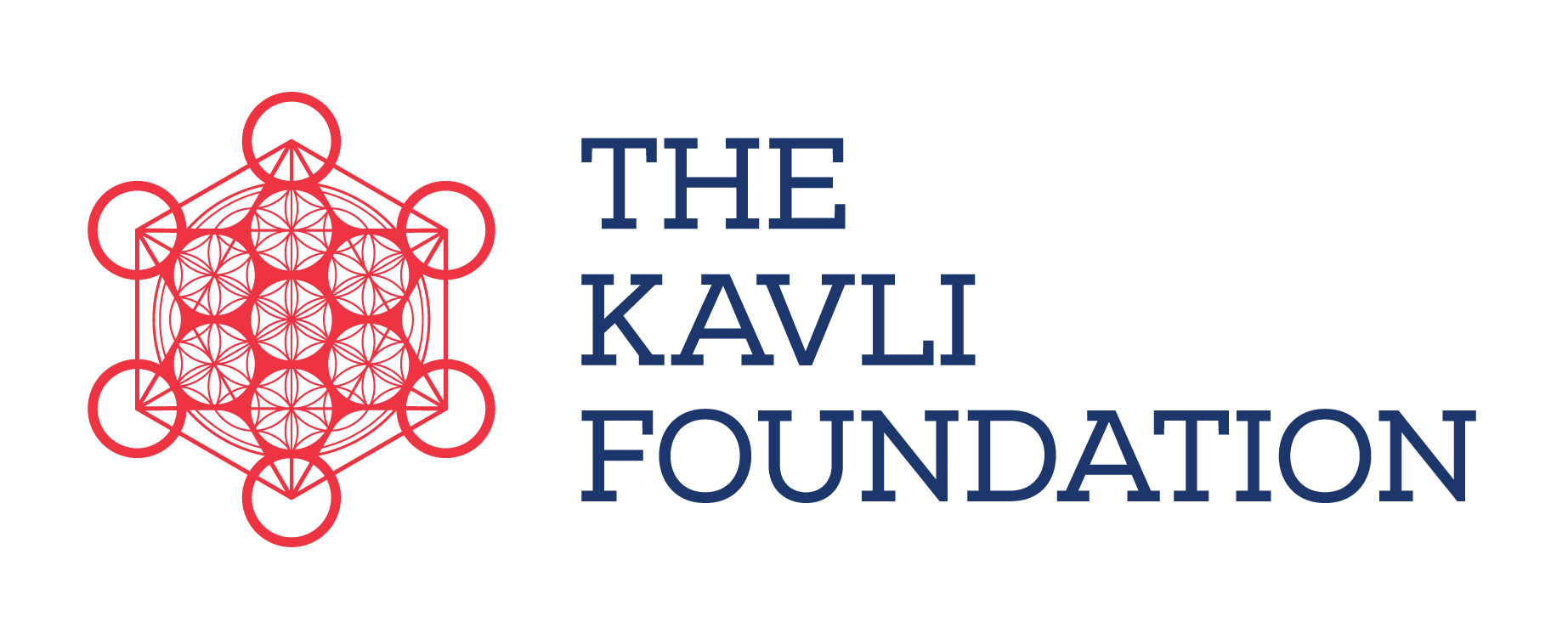Tomoyuki Abe
|
 |
I am studying arithmetic geometry; especially, p-adic cohomology theory. Arithmetic geometry is a subject that tries to understand arithmetic equations, or more generally arithmetic varieties, by ŌĆ£geometricŌĆØ methods. How, for example, can we get ŌĆ£topological informationŌĆØ of a ![]() coefficient equation? A naive answer would be, by considering the equation as a complex variety and taking the cohomology. Although we can get genus information with this method, we cannot see the difference between equations defined over
coefficient equation? A naive answer would be, by considering the equation as a complex variety and taking the cohomology. Although we can get genus information with this method, we cannot see the difference between equations defined over ![]() and
and ![]() .
.
In the 60ŌĆÖs, Grothendieck defined ├®tale cohomology on which arithmetic properties reflect. This important cohomology is an analog of singular cohomology. He also suggested more ŌĆ£analyticŌĆØ cohomology, called crystalline cohomology, which is an analog of de Rham cohomology. I am studying a variation of crystalline cohomology called the arithmetic D-modules, and I am interested in the relationship between various cohomology theories from the viewpoint of Langlands program. Recently, some physicists pointed out links between the geometric Langlands program and ŌĆ£S-duality.ŌĆØ It is my dream to study arithmetics by using some insight from physics.
Back to Member List.






